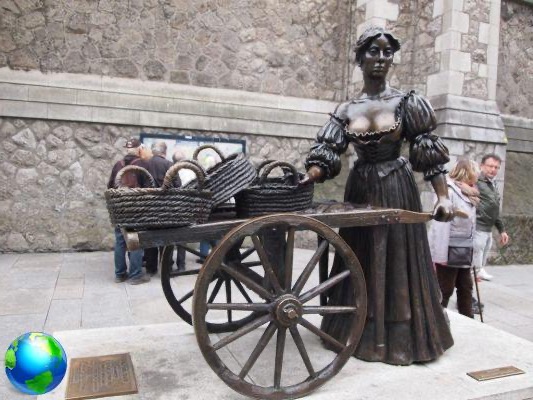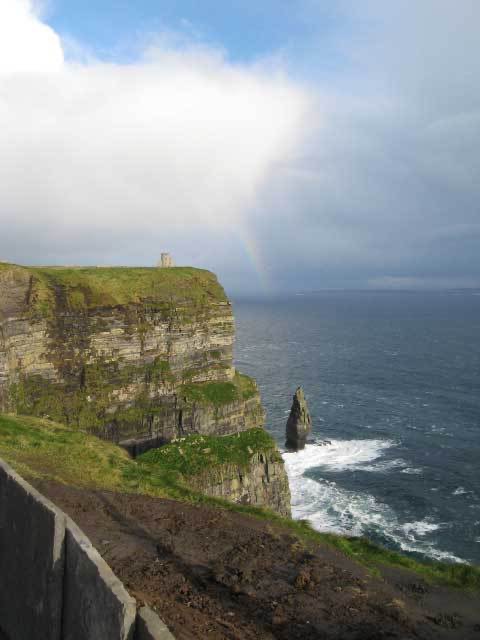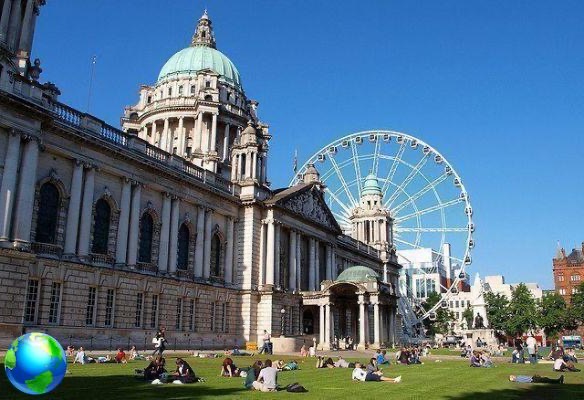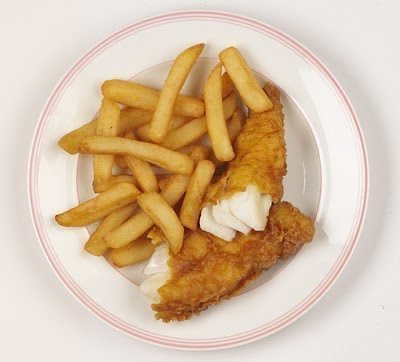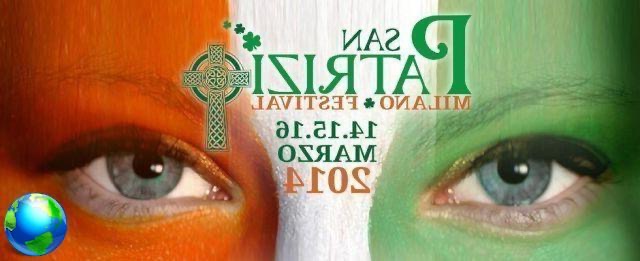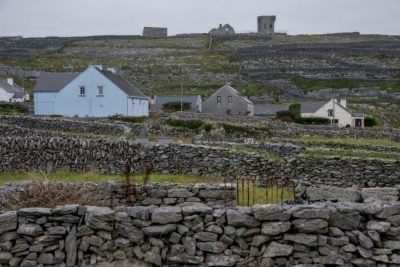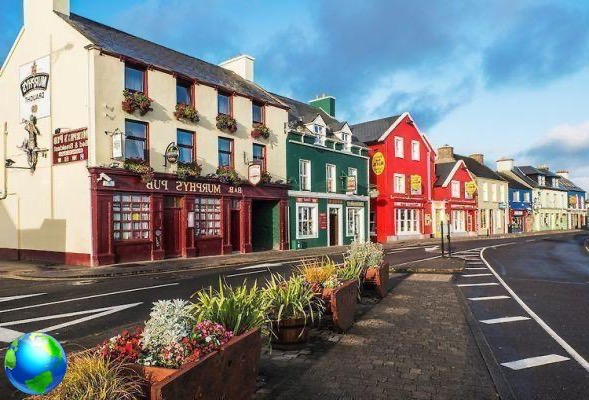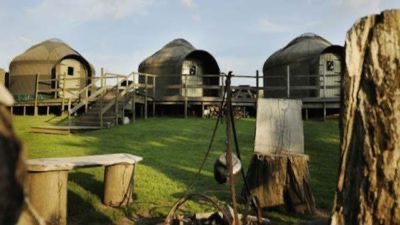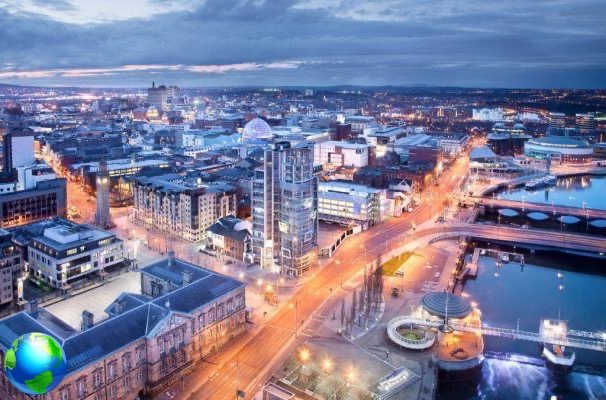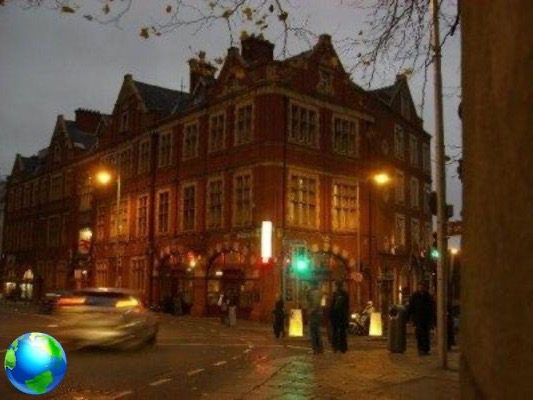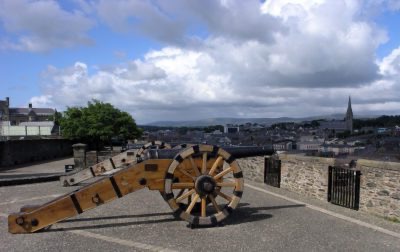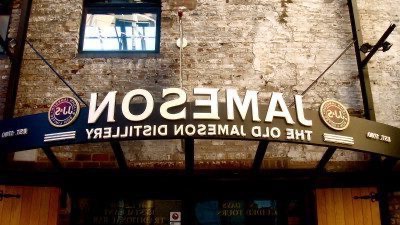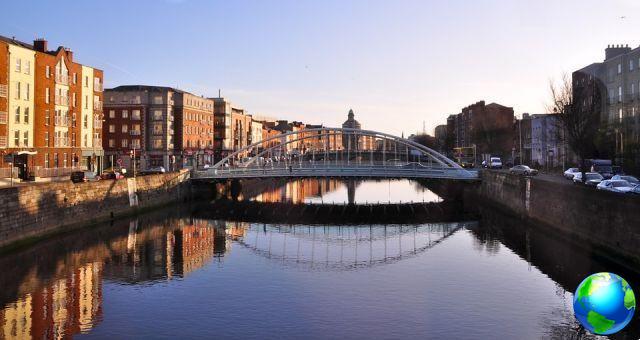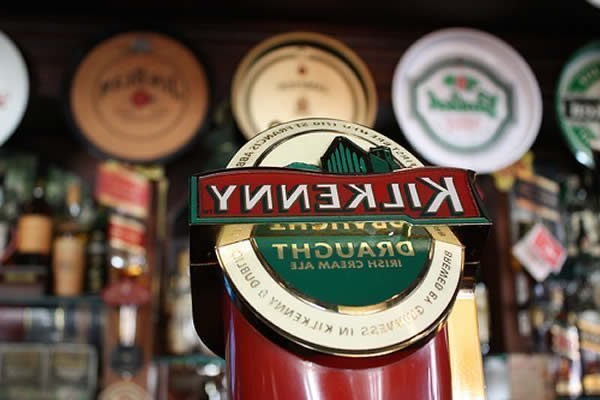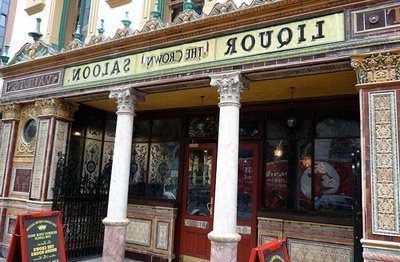What to eat in Ireland, the typical traditional dishes to experience the true taste of this splendid country on the go, even at the table.
As happens almost everywhere, even in Ireland when we talk about traditional food we talk in some way of history, religion and culture.
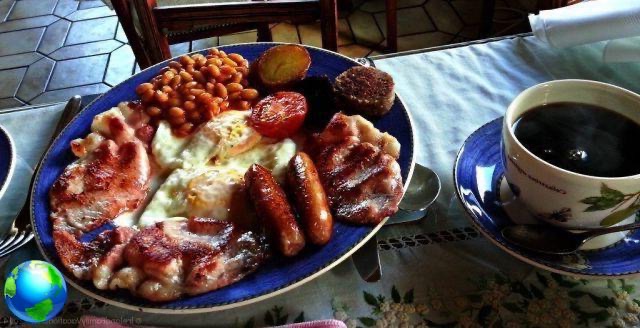
The typical dishes tell of the strong bond that there was in the past with Great Britain, but in particular in the culinary customs we find the signs of that poverty that has accompanied the life of the Irish peasants, which used meat from their farms, oats, dairy products and of course potatoes, which, despite being linked to one of the most dramatic pages of Ireland's past, the so-called "Potato Famine", remain among the most loved and popular ingredients on the island's tables.
Typical dishes
To start a great day, you can only start withIrish Breakfast, that is the typical breakfast of champions in the Irish version, usually consisting of pork sausages, bacon "rashers", fried or scrambled eggs, black pudding (similar to black pudding) or white (made with only meat and oats), beans, tomatoes, mushrooms and toast. This can be found almost everywhere: in b & bs, pubs, in some cafes and sometimes even in some hostels.

In most Irish pubs, as well as drinking beer, you can also have lunch and dinner, here you can usually find the most typical and good dishes.
THEIrish stew, or the Irish stew, is one of the most common specialties, consisting of very tender lamb meat, cooked for hours together with potatoes, carrots, onions. Less known is one of the most typical dishes: Bacon & cabbage, or slices of boiled pork shoulder / ham and cabbage, often accompanied by a parsley-based sauce.
Among my favorite specialties is the Shepard pie, sometimes also called Cottage pie, a terrine with a base of meat (usually lamb) stewed with vegetables, covered with mashed potatoes, or mashed potatoes, and baked in the oven. What could be better than this dish after a rainy day touring the Irish countryside?
Sometimes there are also so-called Male, small savory pies of puff pastry with different fillings, the ones I found most frequently on the menus are the delicate version with chicken and the more "free-range" based on steak and kidney, that is, beef and beef kidney.
Along with meat dishes, which are often also simply composed of steaks (steak) or roasts, side dishes such as Colcannon mash, mashed potatoes with cabbage or savoy cabbage, and the Field, where chives are added to mashed potatoes. Alongside these in some cases the so-called "stuffing“, Or rather the filling, made from stale bread, meat, herbs, onion.

In the many cafes that offer lighter lunches you will find dishes like the Vol-au-vent with mushrooms and chicken and my all time favorite: the Goat cheese and red onion tart, a savory pie of shortcrust pastry with a layer of caramelized red onions topped by a slice of baked goat cheese.
In the menus of any restaurant there is never a shortage of "soups”, Vegetable soups of all kinds, always served with white or black bread. They are usually an inexpensive option, even when paired with something more substantial but quick like sandwiches, bagels and wraps.

Although the local cuisine is mostly based on "land" dishes consisting of meat and vegetables, we must not forget that Ireland is still an island surrounded by sea and ocean. On the coasts in particular you can find dishes such as Seafood Chowder, creamy fish soup made with milk and cream, consisting of fillets of white fish, salmon, shellfish and shrimp; Fish & chips a classic, usually served with mushy peas (pea puree); Fish pies, a marine version of the aforementioned shepard pie e Fish cakes, similar to large fish-based meatloafs; but also simple fish fillets grilled, including salmon, and shellfish, like the famous ones Galway oysters.
Bread & Sweets
Many of the dishes mentioned above, soups in particular, are usually accompanied by what is the most typical bread in Ireland, the soda Bread: based on bicarbonate (baking soda, hence the name) and buttermilk, without yeast, it is often made with wholemeal flour but there is also the “white” option or with the addition of raisins.

In every cafe there are scones, of Scottish origin but very popular in Ireland, they are small loaves with a slightly pasty consistency that is not too sweet, with a white, wholemeal or raisin dough. They are usually served at breakfast, at tea time or simply as a snack accompanied by jam, butter and cream.
Alongside scones there are always other sweets, even if not typical Irish, but still widespread in all Anglo-Saxon countries: muffins and cupcakes, chocolate cakes or with various fillings with creams, brownies, fruitcakes, cheesecakes (if you find it, try the one at Baileys!) And, one above all, theapple pie, served hot with cream.
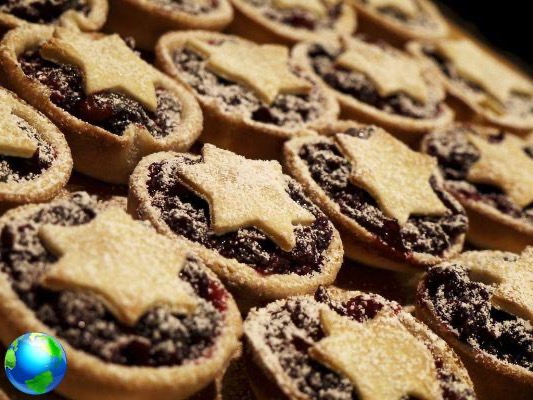
The desserts that are among the traditional recipes are those usually connected to some party: Barmbrack it is a kind of big sweet loaf with raisins that is prepared for Halloween and inside which there are objects such as a pea, a piece of cloth, a stick, a coin and a ring, based on what they find the diners will know what awaits them in the new year (they will not marry, misfortune or poverty, unhappy marriage or disputes, good luck or wealth, marriage).
In Ireland they are eaten for Christmas Mince pies, cakes and tartlets with a very aromatic filling of apples, raisins, lemon and orange peels, spices and other ingredients that vary from family to family and the Christmas Pudding, a dessert made with stale bread, candied fruit, dried fruit, rum and spices.
Photos: daspunkt, Jody Halsted, jeffreyw, Chef Mick (Michelangelo) Rosacci, p | m, stephanie vacher, Sally Crossthwaite




